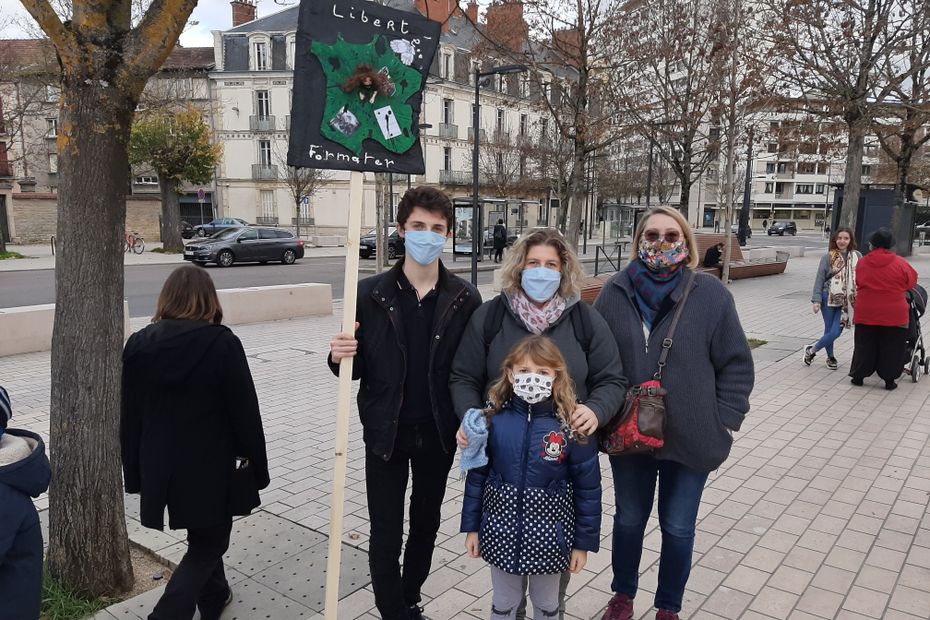Access to culture is an integral part of everyone’s life, and today Riga offers a very diverse cultural life. However, not all people can enjoy it.
The reasons are various – the cultural center is located far from home, is not accessible to people with disabilities, does not offer interesting leisure opportunities, taking into account the barriers caused by human disability.
The problems of access to the cultural environment particularly affect the elderly and people with disabilities. Such conclusions were made during the implementation of the project “Accessible cultural and recreational life in Riga – for people with disabilities and the elderly”.
During the project, its implementer SUSTENTO, a co-operation organization for people with special needs, with the support of the Riga City Council, conducted an accessibility assessment of six Riga municipal cultural centers from April to November, and at the end of the project organized a roundtable discussion on accessibility and improvement.
The inclusion of people with disabilities and older people in the life of the local community is at the heart of all modern quality of life concepts, and culture is one of the possible paths to successful inclusion. However, people with disabilities and seniors are often limited in their mobility, so it is important for these target groups to have access to culture as close as possible to where they live.
According to the expertise carried out during the project, the cultural centers are located in only a few neighborhoods of Riga, therefore they are not always easily accessible. Cultural centers do not cover the needs of such neighborhoods of Riga as Ķengarags, Bolderāja, Ziepniekkalns.
The study also revealed that in most cultural centers of the city of Riga there is insufficient accessibility of the environment – for example, only one floor of the cultural center or separate premises is available. Even in places where there has been a recent renovation, such as the VEF culture house, there is not enough thought about allowing people in wheelchairs to be in different places in the hall to enjoy a cultural event with family or friends, not just in a special place at the end of the hall.
Event visits are not the only way to involve people in cultural activities. It is very important for everyone to be able to become a participant in cultural life, for example, to participate in a choir, learn skills in arts and crafts or otherwise spend their free time meaningfully. Therefore, one of the recommendations developed during the project implementation was to purposefully attract cultural centers to people with disabilities in the cultural life of the center. This would be a contribution to the involvement of the local community, which is not now widely recognized as an important function of the cultural center.
Another recommendation is to develop a strategy for the accessibility of Riga’s cultural environment, which would become part of Riga’s long-term accessibility strategy, as culture cannot be separated from other areas of city life.
According to the conclusions made during the project, there are currently many very good initiatives in Riga to improve the accessibility of cultural life, but they should be planned and part of a common vision in the field of both culture and accessibility.
Discussing these conclusions in a round table discussion on 19 November, SIGENTO accessibility expert Daiga Veinberga called to remember that these issues are relevant to a much larger part of society than just people with disabilities, as is often understood. Accessibility of the cultural environment is a topical issue for the elderly, young parents, also for the younger generation, who, growing up in an accessible cultural environment, will continue to develop it around themselves as adults. Therefore, it would be useful both to consult on environmental accessibility issues at the beginning of any new project and to constantly monitor environmental accessibility during and after construction. This would prevent situations where in many places projects look good on paper, but after implementation – already completely different.
At the end of the discussion, the project manager Iveta Neimane acknowledged that the work on the issues of accessibility of Riga’s culture must be purposefully continued, so that many good initiatives do not run out, but mark a strong trend. Therefore, it is important to continue work on the city’s accessibility strategy, in which issues related to the accessibility of the cultural environment will also be an important section.
–

